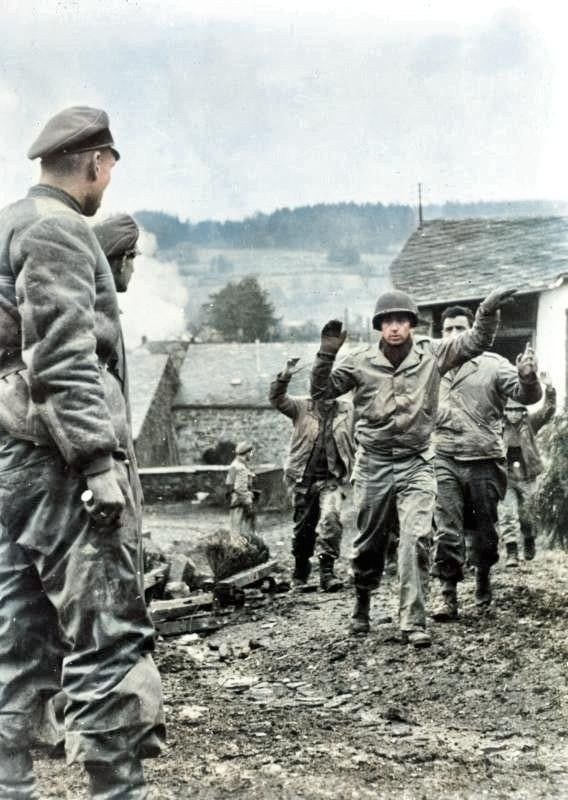27 December 1941
Operation Archery - Vågsøy and Måløy, Norway
The raid on the Norwegian islands of Vågsøy and Måløy, codenamed Operation Archery, broke new ground for combined operations. It was the first time air support was integrated into the raiding plans from the outset. Lessons had been learned from the 2nd Lofoten raid earlier in the year, when the absence of air support left the raiding vessels very vulnerable to air attack
There were German troops on both Islands and significant coastal defences to overcome. Intelligence sources indicated that 150 men from the 181st Division, a solitary tank and 100 construction workers were billeted in the town. Four squadrons of fighters and bombers, totalling 37 planes, were operating in the area from bases at Herdia, Stavanger and Trondheim. No enemy warships were thought to be in the area.
The Commandos were formed into 5 groups. The 1st group landed at Hollevik, about 2 kilometres south of South Vågsøy, to disable a German stronghold there. The 2nd group landed just south of the town itself, while the 3rd group landed on Måløy, Island to mop up after the bombardment. The 4th group was held as a floating reserve and the 5th group passed by Måløy, into Ulvesund on the destroyer HMS Oribi. They landed to the north of South Vågsøy to prevent German reinforcements getting through from the north.
The Germans were taken completely by surprise but fought back bravely. On Måløy,, three of the four coastal guns were knocked out by the accurate bombardment, which was lifted only when the invading troops were about 50 metres from the landing beach. Because the Germans had so little time between the end of the bombardment and being overrun by the 105 Commandos, fighting there was over in just 20 minutes.
Much had been learned by both sides. The Germans later reinforced their Norwegian Atlantic wall with the deployment of 30,000 extra troops. Hitler perhaps had concerns that Norway might well be "the zone of destiny in this war."
Read more :
https://www.combinedops.com/vaagso.htm
(Photo source - IWM)
(Colours by Julius, Richard and Doug)











